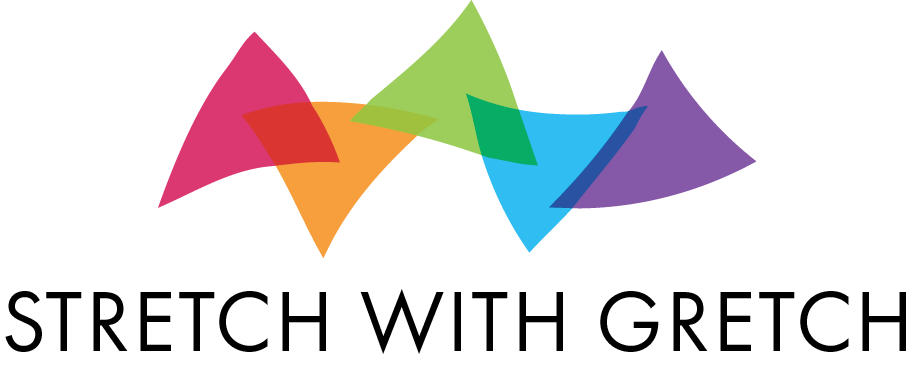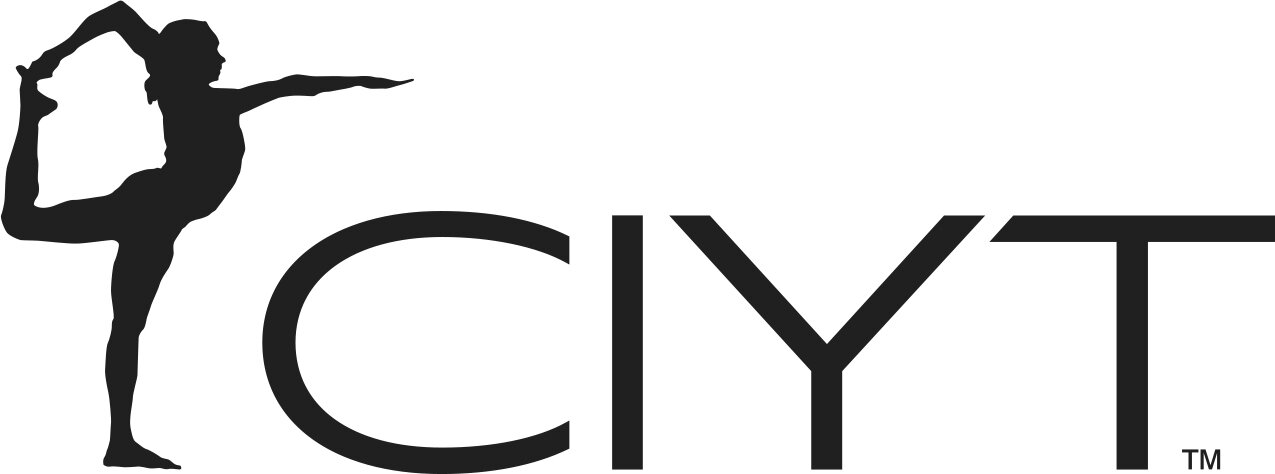What is Iyengar Yoga?
Iyengar Yoga is a method of yoga practice and instruction developed by B.K.S. Iyengar, who in 77 years of teaching brought classical yoga into the modern age. B.K.S. Iyengar was taught yoga in his youth by his brother-in-law, T. Krishnamacharya. He developed his innovative and inspired approach to yoga through intense practice and self-study. His seminal book, Light on Yoga, has been continuously in print since publication in 1966. According to Mr. Iyengar, "The yoga I teach is purely Ashtanga yoga, known as the eight limbs of yoga. My pupils who follow me call it ‘Iyengar Yoga’ to distinguish it from the teachings of others."
How is Iyengar Yoga Different?
Characterized by care and precision, Iyengar Yoga is systematic intelligence of the body, mind, and spirit. B.K.S. Iyengar made yoga relevant to modern life and accessible to a broad base of individuals, no matter their physical condition or ability. The system of teaching is methodical and progressive, emphasizing safety, alignment, and the development of keen self-awareness. BKS Iyengar revolutionized the art of yoga by introducing and incorporating the use of supports called “props” (blankets, blocks, straps, chairs, bolsters, etc.) to facilitate learning and accommodate safe progress.
Iyengar Yoga is differentiated from other methods by a world-wide, standardized system of instruction. Certified Iyengar Yoga Teachers (CIYTs) undergo rigorous training and evaluation to earn their certifications. Only CIYTs are permitted to describe their method of instruction as "Iyengar Yoga." CIYTs are trained to provide clear demonstrations of each posture and are skilled in the use of props to maximize the opening and awareness of the body, providing support to the less flexible, and extra extension to the more advanced student.

